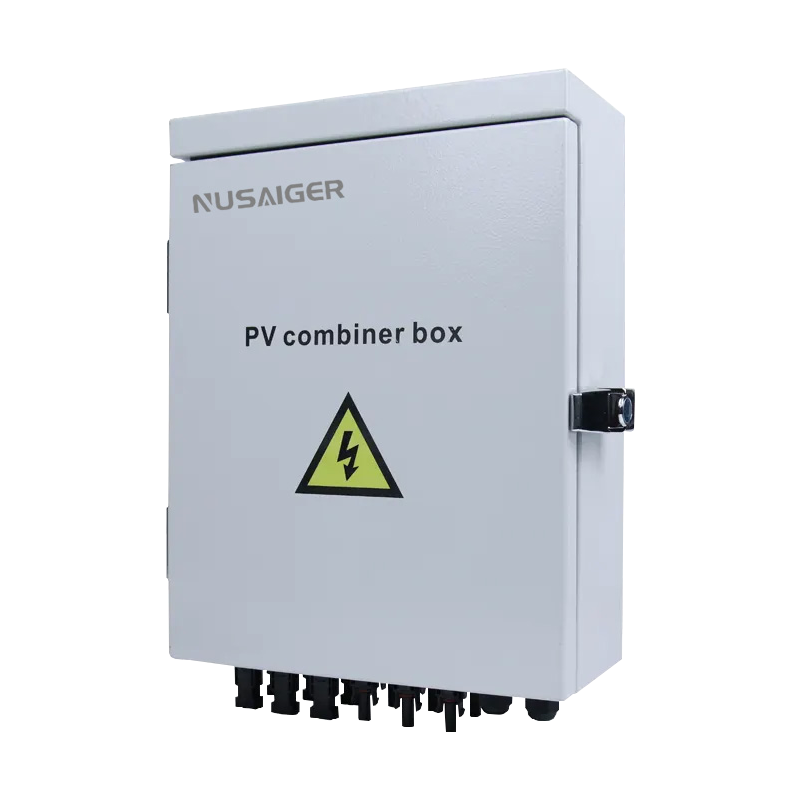Common PV Combiner Box Installation Mistakes and How to Avoid Them
The installation of PV combiner boxes may seem straightforward, but improper wiring, poor placement, or overlooking safety details can lead to underperformance or hazards. Here are the most common mistakes—and how to avoid them.
1. Incorrect String Connections
Mislabeling or mismatching input strings can lead to reverse polarity or uneven power input. Always double-check PV string polarity and use labeled terminals.
2. Skipping Surge Protection
Some installers omit surge protection devices (SPDs) to reduce costs. This can leave the system vulnerable to voltage spikes caused by lightning or grid disturbances.
3. Inadequate Grounding
Failing to properly ground the combiner box and associated equipment can pose serious safety risks. Always ensure low-resistance paths to earth are in place.
4. Using Non-Weatherproof Enclosures
Outdoor installations must use enclosures rated at least IP65. Avoid generic junction boxes and choose models designed for PV use with UV-resistant seals.
5. Ignoring Thermal Management
Combiner boxes generate heat, especially in larger arrays. Poor ventilation can shorten the lifespan of internal components. Choose models with adequate thermal dissipation and avoid direct sun exposure during installation.
Conclusion
Taking the time to install your PV combiner box correctly ensures both system safety and long-term reliability. Hire experienced professionals or follow manufacturer guidelines closely to avoid costly errors.



